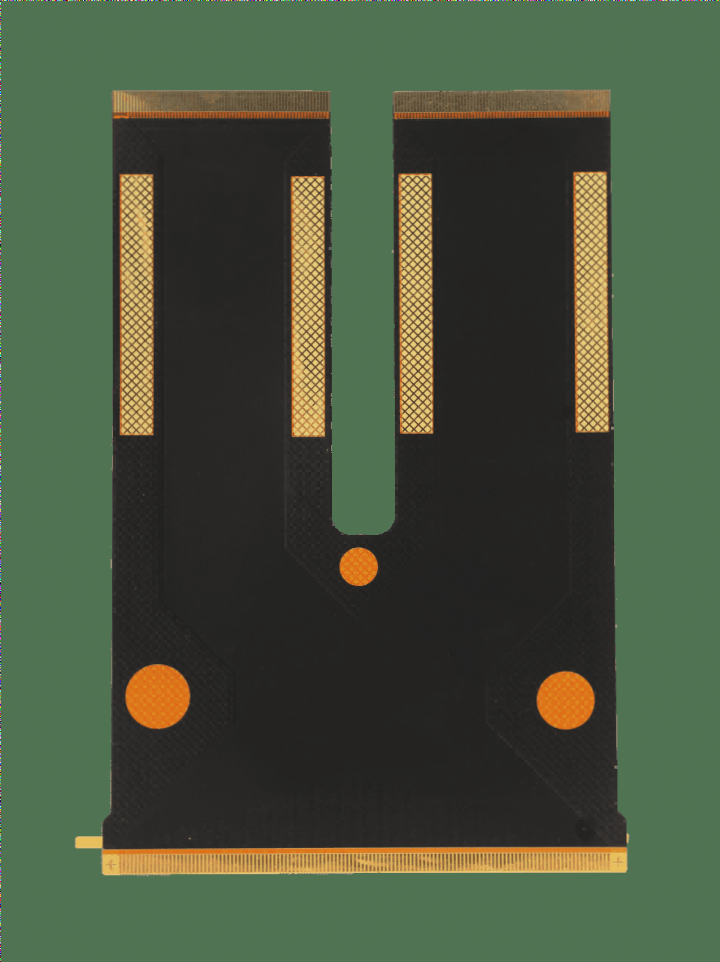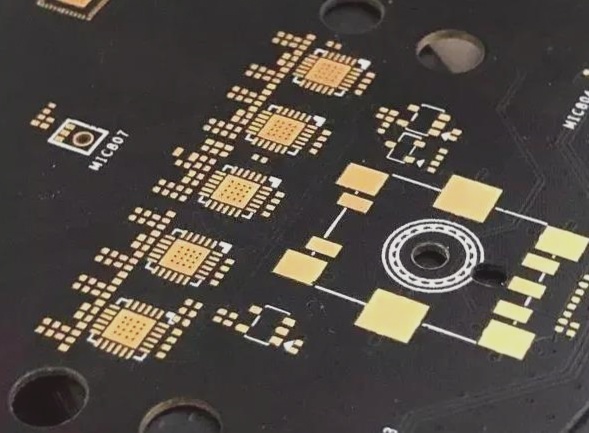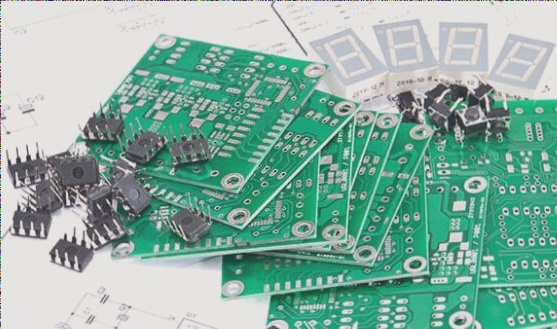The 3000-watt industrial power supply design is something everyone avoids, awaiting a master to turn the tide.
Prologue: When the 3000-watt”hot potato” landed on me.
“Bro, do you have a 3000W industrial power supply solution here? No air cooling, direct heat resistance, input 220V, and outputs of 5V, 12V, and 24V.” This request from the client instantly made my scalp tingle, as I’m not much of a power supply designer.
I flipped through my contact list and asked a few colleagues:
Mr. A: “3000 watts? I’m out! Who dares to touch that kind of power?” Brother B: “I only know how to design PCBs; schematics? That’s like black magic!” Big Boss C: “I’m into software; hardware? Don’t ask me!” And so begins the survival battle in the”Ultra-High-Power Supply World”…
- The”Death Challenge” of 3000 Watts: Why Does Everyone Avoid It?
- High power density makes heat dissipation a nightmare. A 3000-watt power supply is equivalent to the continuous output of three household air conditioners. If heat dissipation is not properly managed, efficiency can plummet at best, or it can lead to outright”self-combustion” at worst.
- No Air Cooling? The”Hardcore Requirement” for Direct Heat Resistance. The client demands the elimination of air cooling, relying solely on passive heat dissipation—this means heat must be directly conducted through metal, thermal materials, etc., akin to cooling a volcano without a fan.
- The”tightrope walking” design of multi-voltage output requires precise regulation of the 5V, 12V, and 24V outputs to avoid mutual interference, akin to the”Three Kingdoms” on a circuit board.
Second, Counterattack: The Three Secrets in the Field of Cooling Technology
Secret 1: Cold Plate Heat Dissipation – The Silent”Thermal Knight”
Principle: Thick metal plates (such as aluminum or copper) are directly attached to the heating element, relying on large-area contact to”hard-carry” the heat. Case reference: A shipboard power supply uses cold plate + heat pipe technology to reduce the high temperature from 56°C to 34°C, improving efficiency by 40%.
User Adaptation: Customized cold plate dimensions, paired with thermal conductive grease, cost-controllable, suitable for industrial scenarios.
Secret 2: Heat Pipe Black Technology – The”Teleportation” of Heat
Principle: The liquid inside the heat pipe undergoes an evaporation-condensation cycle, rapidly transferring heat from the local area to the heat sink.
Cost Alert: The unit price of heat pipes is relatively high, but their long-term reliability far exceeds that of conventional cooling solutions.
Secret 3: High-Efficiency DC/DC Module—Low Heat Generation is the Key.
Key Data: Module efficiency increased from 86% to 94%, thermal power consumption plummeted from 97.7W to 38.3W, effectively halving the heat output.
Recommended Solution: Opt for high-efficiency modules from Infineon or Texas Instruments, or consider domestic modules, balancing performance and cost.
III. Chronicles of the Jianghu: No Retreat, Only the Path to Victory
To our peers: 3000 watts is not an insurmountable challenge; the key lies in the combination of”high-efficiency conversion + aggressive cooling.”
Recommendation for the client: If the budget permits, consider implementing liquid cooling (such as cold plate technology), which can enhance heat dissipation capacity by an additional 30%.
Ultimate Easter Egg: If you’re also stuck on a similar challenge, feel free to leave a comment and let’s team up to tackle it together!
Conclusion
From”laying down arms and surrendering” to”turning the tables in a desperate situation,” the design of a 3000-watt power supply is a battle of technology and courage. Perhaps we are all just pawns in the vast arena, but by mastering the secrets of heat dissipation, we can ultimately become the conquerors of that”hot potato.”




